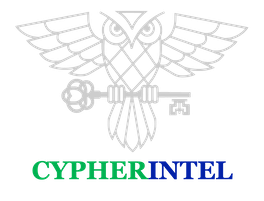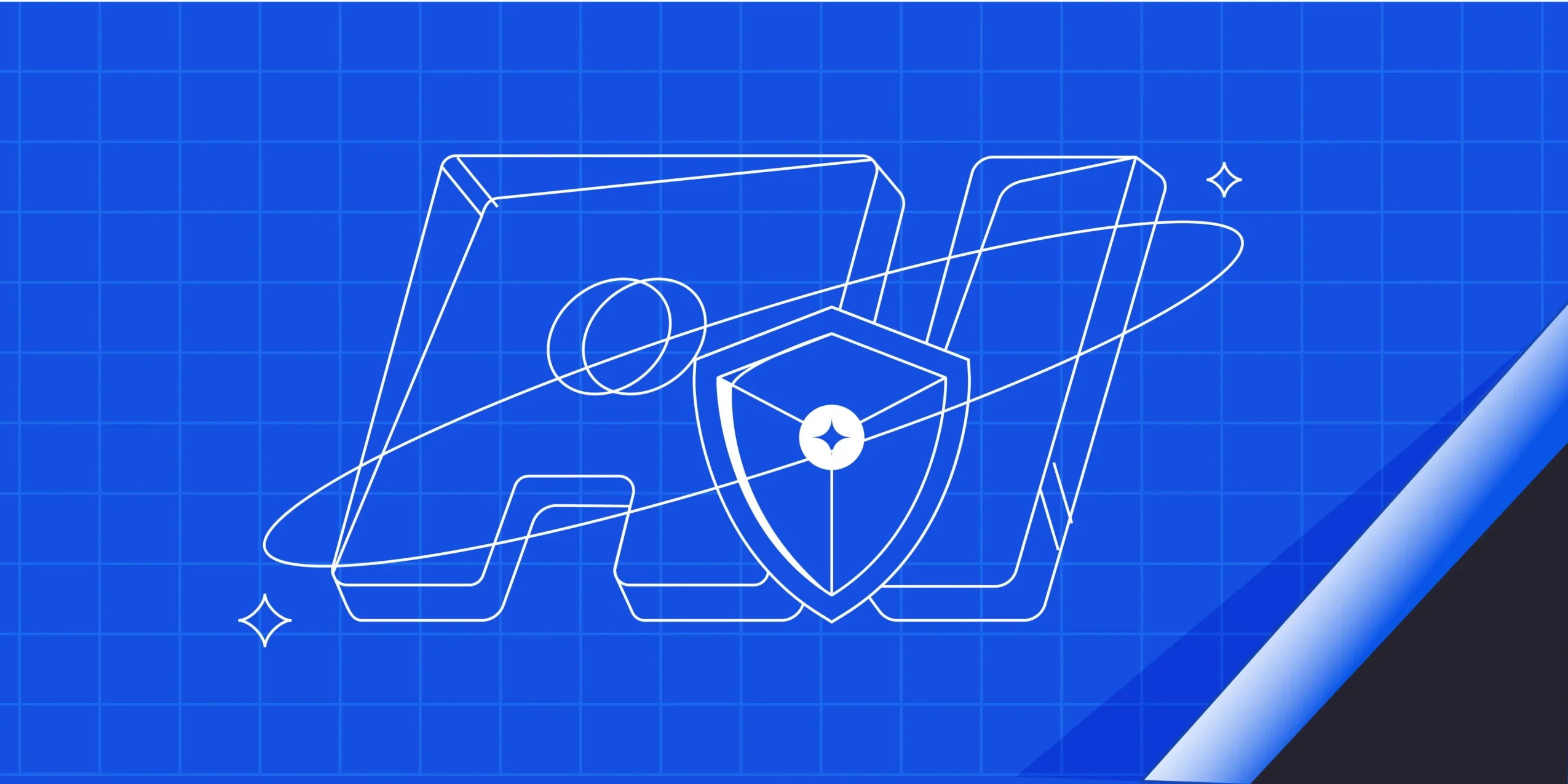What is AI security?
AI security encompasses two key areas:
-
Using AI to defend systems through anomaly detection, log triage, and pattern recognition.
-
Protecting AI assets like large language models (LLMs), vector stores, and training pipelines from emerging threats.
Most organizations nowadays have woven numerous AI technologies into their fabric, and yours is likely no different. So as adoption and usage continue to rise, it’s important not just to secure your AI implementations but also to use AI-based tools to improve your overall security posture.
Using AI to enhance your security posture
AI-powered tools help you defend against cyber threats via various capabilities, such as behavioral analysis, automated threat detection, and predictive threat intelligence. Plus, many can perform real-time incident response to neutralize threats much faster than you could with traditional security methods. As a result, you can stay ahead of even the most sophisticated attacks, reduce false positives, and scale your defensive capabilities across complex IT environments.
The downside, however, is the proliferation of AI security vendors, each promising cutting-edge capabilities and faster, smarter protection. This surge reflects both the high priority that vendors and customers place on AI-driven security solutions and the market’s recognition of AI as a key differentiator. However, the sheer volume of new entrants and overlapping offerings only creates noise and leaves organizations to sort through a crowded field to find the right solutions for their needs.
What to look for in AI-based security tools
Traditional tools weren’t built for models that hallucinate, APIs that execute natural language commands, or data pipelines that ingest Reddit posts. If you’re evaluating AI security platforms, start with this question: can it see, analyze, and defend across the entire AI lifecycle?
Genpact’s case is a great example of the benefits of using AI-based security tools. The company was able to accelerate remediation, reduce manual work and unnecessary alerts, and enhance its security posture by taking advantage of some key AI-powered features. These include the following:
- Contextual risk correlation: Correlates risks across cloud workloads, LLMs, code libraries, configurations, and identities
- Automated attack path detection: Identifies critical attack paths and automates remediation recommendations
- Continuous AI model monitoring: Detects misconfigurations and vulnerabilities within AI models, training data, and AI services in real time
- LLM and AI model discovery: Provides full visibility into deployed LLMs and AI models so exposures and vulnerabilities are far less likely to go unnoticed
- Risk-based prioritization: Reduces alert fatigue and the need to manually triage low-severity or low-business-impact issues
According to Genpact’s deputy chief information security officer, leveraging these AI-powered solutions ultimately helped the company “accelerate the pace of AI application development and deployment while enforcing AI security best practices. As a result, [they] can deploy AI applications that are secure by design and build trust with key stakeholders.”
READ MORE

